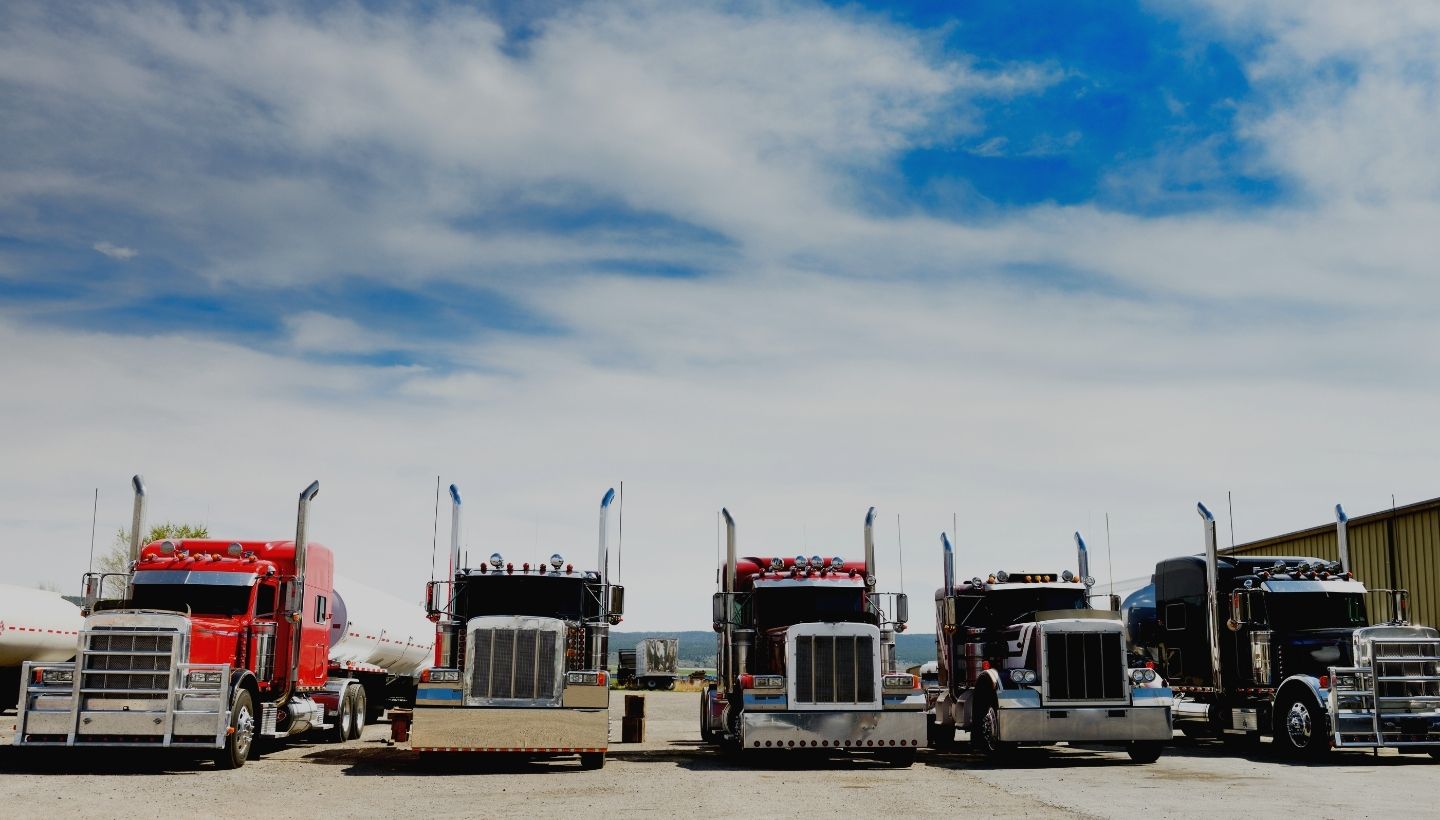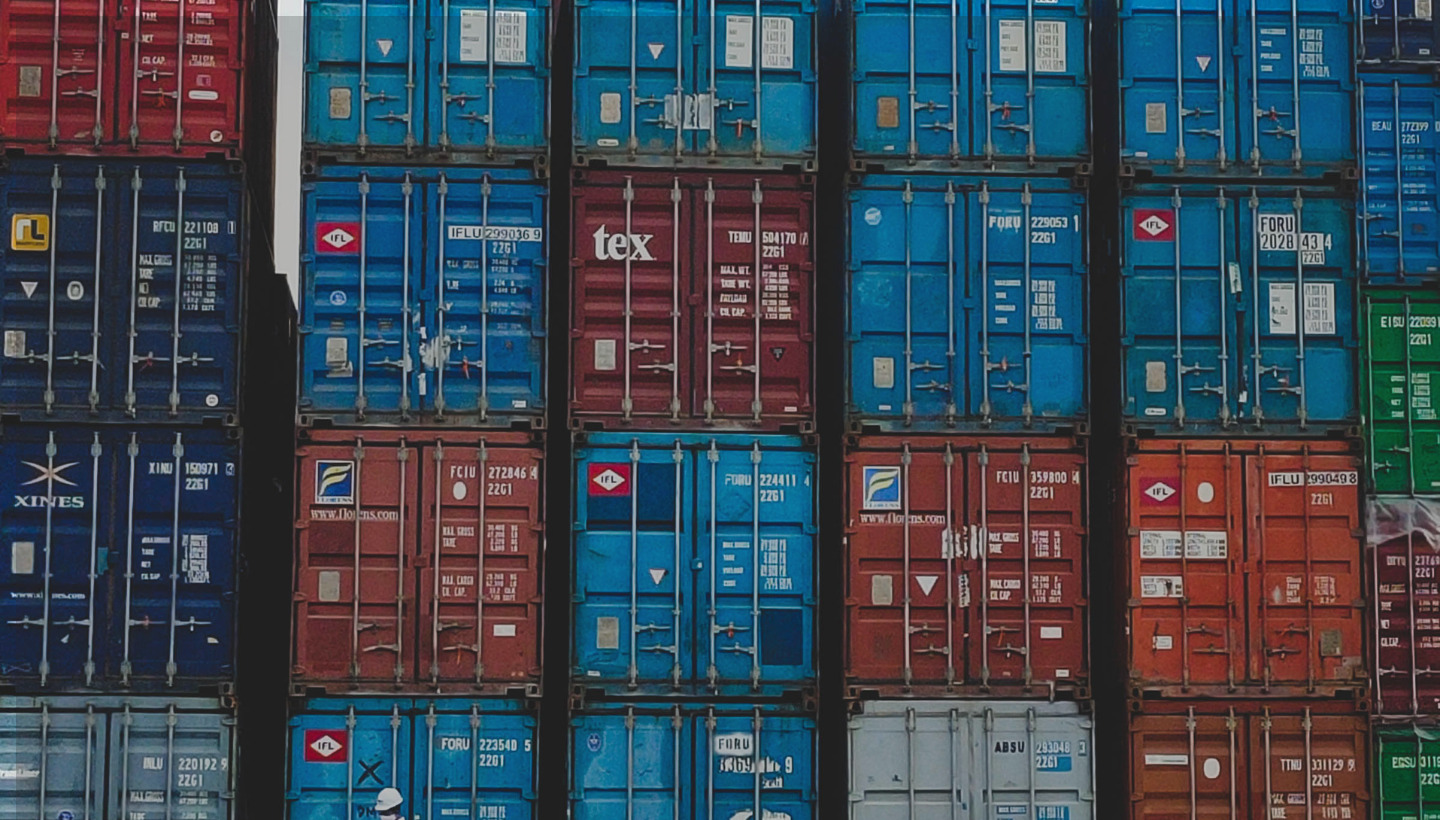Freight carriers play a vital role in America’s economy. They withstood the challenges placed on the industry during the COVID pandemic and kept rolling. So looking ahead to 2022, what changes or challenges await the trucking industry?
Supply chain and distribution issues won’t end in 2022. However, across the board, forecasts for the trucking industry are positive.
Drivers looking to start their own business may find that now is an opportune time to go forward with their plan. Also, owner-operators looking to grow their business can take advantage of the upcoming changes in the industry to increase revenues and expand their customer base.
What Will the Trucking Landscape Look Like in 2022?
The positive outlook for the trucking industry focuses on several specific topics. Here are some predictions of what the new year holds for the transportation sector:
Higher Freight Volume
In 2022, a 24 percent increase in freight tonnage is likely, according to the American Trucking Association. As a result, revenue is predicted to increase by 67 percent in the trucking industry.
Higher volumes will benefit the freight carrier but may put added pressure on the industry as a whole. In response to this situation, the use of technology will increase. Time-saving tools such as TMS and logistics providers will boost efficiency and productivity.
Rail freight is projected to drop by 14.6 percent this year. Growth in sea transport and the intermodal market will result in more reliance on the commercial trucking industry.
Demand for Short Hauls Grows
According to the American Transportation Research Institute, hauls over 1,000 miles have dropped over the last five years. In 2020, freight carriers found that over 69 percent of their hauls were under 500 miles.
Many truckers like short hauls so they can spend more time at home. As an added benefit, they don’t have to sit for long periods, which is a significant health risk. If the trend continues, short hauls may be the primary haul length in the coming year.
Focus on Reducing Detention
Owner-operators and carriers are all too familiar with detention. The problem is widespread throughout the trucking industry. Detention issues cause many freight carriers to waste about 40 percent of their day waiting around.
Brokers, shippers, and third-party logistics companies can help resolve detention problems. Increasing their use of technology in 2022 to monitor detention will increase efficiency and result in industry-wide improvements.
Increases in Digital Load Booking
Recent surveys reveal that about 76 percent of owner-operators and freight carriers booked loads using apps or online tools. Trucking industry experts predict that digital booking will grow in 2022. The process reduces time spent on the phone with brokers, allowing for more time spent on the road.
Fluctuating Fuel Costs
Although diesel fuel prices have increased gradually in the past year, the DOE forecasts the prices to fall by the end of the year. In 2021, the national average low was $2.372 per gallon. The high-to-date average rose to $3.734 per gallon by the end of that year.
For 2022, diesel price predictions show $3.39 per gallon in the first quarter of the year. By the end of the year, the average is predicted to fall to $3.13 per gallon, according to DOE forecasts.
Managing Labor Shortages
As the trucking industry struggles to attract more drivers, retention efforts will become a priority in 2022. Managing the labor shortage in the industry will involve improvements in several areas such as:
- Better pay
- Improved working conditions
- Enhanced benefits
- Security for female drivers
- Bonus programs
These improvements, along with new technologies for streamlining operations, will attract more drivers and other workers.
Improved Supply Chain Processes
As more shippers and carriers turn to technology to solve supply chain challenges, the cost of transporting goods will decrease. Cloud-based apps and SaaS logistics platforms organize and monitor all aspects of shipping.
Technology allows companies to address risk management, data quality, compliance, costs, and more. Improved supply chain visibility also allows for more accurate planning, logistics payments, damage control, risk prevention, and forecasting.
Experts in the trucking industry predict that by 2023, about half of eCommerce businesses will invest in technology to enhance their supply chain processes.
Refrigerated Freight Rates and Demand Will Rise
According to Drewry’s Reefer Shipping Annual Review, refrigerated freight rates will rise faster than dry cargo rates in 2022. The food and healthcare industries are the primary drivers of these rate increases.
The demand for reefer transport of meat and poultry products rose steadily in the last five years. Loads of meat and poultry products increased from 93 billion pounds to almost 100 billion pounds during that time frame.
Prescription drug sales have a steady annual growth rate of 5% to 6%. Because biologics require a consistently cool temperature during shipping, the need for refrigerated freight will expand in 2022.
Negative Forecasts for the Trucking Industry in 2022
One significant challenge the trucking industry faces going into 2022 is a driver shortage. In light of the 2022 freight demand projections, the industry could see the driver shortage expand to nearly 240,000 drivers in the coming year.
Also, due to the global semiconductor chip shortage, the production of heavy-duty trucks has slowed to its lowest level yet. However, orders have nearly tripled. The situation is predicted to be resolved by the end of March this year.
How Can RoadSync Help Truckers Succeed in 2022?
The trucking industry needs improved productivity and accuracy in all areas of its operation to meet the demands of increasing eCommerce. Many companies will turn to logistics providers to help them organize, plan, and control their business. They will also need an easy-to-use payment method for processing the logistics payments.
RoadSync has the solution for all day-to-day payment processing needs. With our knowledge of the freight industry, we designed a system that works for brokers, carriers, drivers, warehouses, and lumpers. We offer a stress-free, digital solution for making payments, invoicing, and accepting payments.
With RoadSync, freight carriers and owner-operators will save time and get paid faster. Our system also provides protection from fraud and service disputes. Contact RoadSync today to learn more about our digital payment processing solutions. Time is money in freight, so we help you save both.






